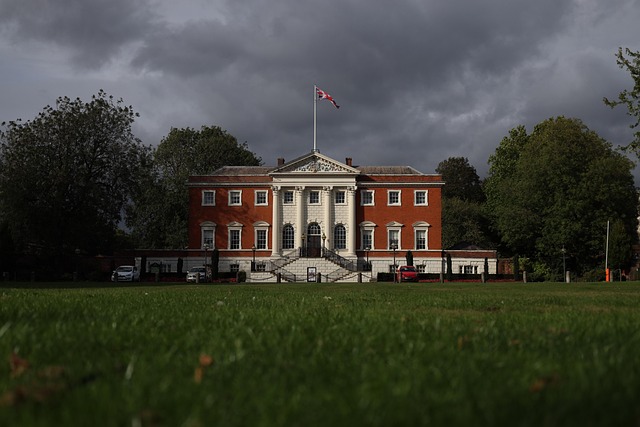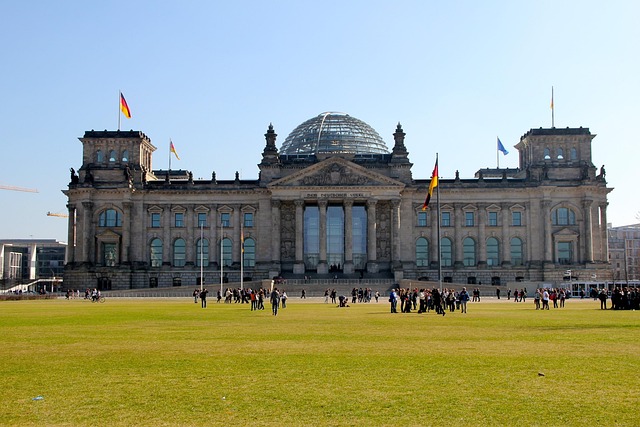The Interplay Between Subsidies and Environmental Conservation
Subsidies have long been a critical aspect of economic policy, aimed at supporting various sectors of the economy, ranging from agriculture to renewable energy. At the same time, environmental conservation has emerged as a pressing global concern, particularly in light of climate change, biodiversity loss, and pollution. The relationship between subsidies and environmental conservation is complex and multi-faceted, raising important questions about the effectiveness of subsidies in promoting sustainable practices and protecting our ecosystems. This article explores the intricate interplay between these two areas, examining the benefits, drawbacks, and potential pathways for aligning subsidies with environmental objectives.
Understanding Subsidies: An Overview
At their core, subsidies are financial incentives provided by governments to support particular sectors or practices. They can take various forms, including direct payments, tax breaks, low-interest loans, and price supports. Subsidies are intended to promote economic growth, stabilize markets, and encourage the production of goods and services deemed beneficial for society.
While subsidies can provide temporary relief to struggling industries and foster innovation, they also come with significant implications for resource allocation, market dynamics, and environmental outcomes. As industries adapt to these financial incentives, they may prioritize short-term gains over long-term sustainability, leading to adverse environmental impacts.
The Role of Subsidies in Environmental Conservation
Environmental conservation refers to the responsible management of natural resources to prevent degradation and ensure the sustainability of ecosystems. The interplay between subsidies and conservation can be both positive and negative. Properly designed subsidies can incentivize environmentally friendly practices, while poorly designed or misaligned subsidies may exacerbate environmental degradation.
On one hand, subsidies can serve as a catalyst for enhancing conservation efforts. For example, financial support for sustainable agriculture practices can encourage farmers to adopt methods that protect soil health, reduce pesticide use, and promote biodiversity. Similarly, subsidies for renewable energy technologies, such as solar and wind power, can accelerate the transition away from fossil fuels, thereby mitigating climate change impacts.
Positive Examples of Environmentally Beneficial Subsidies
Numerous instances across the globe exemplify how subsidies can effectively support environmental conservation initiatives. These examples highlight the potential for elevating sustainability through strategic financial support.
For instance, the European Union’s Common Agricultural Policy (CAP) includes provisions for agri-environmental measures that incentivize farmers to implement eco-friendly practices. By offering payments to farmers who adopt conservation tillage, crop rotation, and other sustainable practices, the CAP aims to reduce the environmental impact of agriculture while also promoting rural development.
In the energy sector, many countries have introduced subsidies for renewable energy sources to foster innovation and expand the market share of clean technologies. Feed-in tariffs and tax credits for solar energy installations have significantly increased the adoption of solar power, contributing to reduced greenhouse gas emissions and energy independence.
Negative Consequences of Misaligned Subsidies
While subsidies can have positive environmental outcomes, they can also lead to harmful consequences when they are not designed with sustainability in mind. Misaligned subsidies can encourage practices that degrade ecosystems, deplete natural resources, and contribute to climate change.
A prime example of this can be found in agricultural subsidies that promote monoculture farming and the excessive use of chemical fertilizers and pesticides. These practices can lead to soil degradation, loss of biodiversity, and water pollution through runoff, ultimately compromising food security and ecosystem resilience.
Moreover, subsidies for fossil fuels remain a significant challenge in the fight against climate change. Globally, governments continue to invest billions in subsidizing oil, coal, and natural gas industries, which incentivizes continued reliance on fossil fuels. This not only hampers efforts to transition to greener energy sources but also exacerbates the negative environmental impacts associated with extraction and combustion of these resources, including air pollution and greenhouse gas emissions.
Transitioning to Sustainable Subsidy Models
To mitigate the negative environmental impacts associated with subsidies, it is essential to transition towards sustainable subsidy models that align financial incentives with conservation objectives. This process requires a careful reevaluation of existing subsidy programs, as well as the establishment of new policies that promote environmental stewardship.
A key aspect of this transition is implementing “green subsidies” that prioritize practices and technologies that directly benefit the environment. For example, offering incentives for reforestation efforts, wildlife habitat restoration, and conservation easements can provide financial support for initiatives that protect and enhance biodiversity.
Governments should also consider phasing out harmful subsidies that promote environmentally damaging practices. Redirecting financial resources away from fossil fuel subsidies and towards clean energy initiatives would not only reduce greenhouse gas emissions but also foster job creation within the renewable energy sector.
Integrating Economic and Environmental Goals
The interplay between subsidies and environmental conservation underscores the importance of integrating economic and environmental goals into policymaking. Achieving sustainable development requires a systemic approach that recognizes the interconnectedness of economic activities and the health of ecosystems.
Policymakers must engage a variety of stakeholders, including industry representatives, environmental organizations, and local communities, to develop subsidy programs that reflect shared priorities. This collaborative approach can help build consensus around conservation goals and identify practical solutions that support both economic growth and environmental protection.
The Role of Innovation and Technology
Innovation and technology play a crucial role in redefining subsidies in ways that can enhance both economic performance and environmental sustainability. Advances in technology can enhance the efficiency of resource use, reduce waste, and enable the development of new sustainable practices.
For instance, precision agriculture technologies allow farmers to optimize input use while minimizing environmental impact. By integrating data analytics and sensor technologies, farmers can apply fertilizers and pesticides more precisely, reducing runoff and improving crop yields without harming ecosystems.
Governments can further support innovation by investing in research and development initiatives aimed at promoting sustainable technologies. Offering targeted subsidies for clean tech startups and research institutions can be instrumental in accelerating the development of breakthrough solutions that address pressing environmental challenges.
Global Perspectives and Best Practices
The interplay between subsidies and environmental conservation is not confined to a single region; it is a global phenomenon that presents diverse challenges and opportunities. Learning from best practices and successful case studies across different countries can provide valuable insights into effective approaches for subsidy reform.
Countries like Denmark and Germany have effectively integrated renewable energy subsidies into their national policy frameworks, successfully driving the transition towards a low-carbon economy while creating thousands of jobs in the renewable energy sector. Their experiences demonstrate that coherent policy frameworks, forward-thinking investment in green technologies, and public engagement in environmental goals can yield significant progress.
Similarly, Costa Rica has garnered international recognition for its ambitious reforestation policy, which employs a payment-for-ecosystem-services model to incentivize landowners to conserve and restore forests. This approach not only helps combat deforestation but also enhances biodiversity and contributes to the country’s commitment to environmental sustainability.
Conclusion
The interplay between subsidies and environmental conservation is a complex yet critical topic that requires nuanced understanding and action. While subsidies have the potential to support and promote sustainable practices, they can also result in adverse environmental impacts if misaligned with conservation goals.
To harness the positive aspects of subsidies, governments must carefully design programs that prioritize environmentally-friendly practices, phase out damaging incentives, and integrate sustainability into economic policymaking. By fostering innovation and learning from successful global examples, policymakers can develop effective and sustainable subsidy frameworks that contribute to the preservation of our planet for future generations.
In a world increasingly facing environmental crises, aligning subsidies with conservation efforts is not just an option—it is an imperative for ensuring a sustainable and resilient future.










